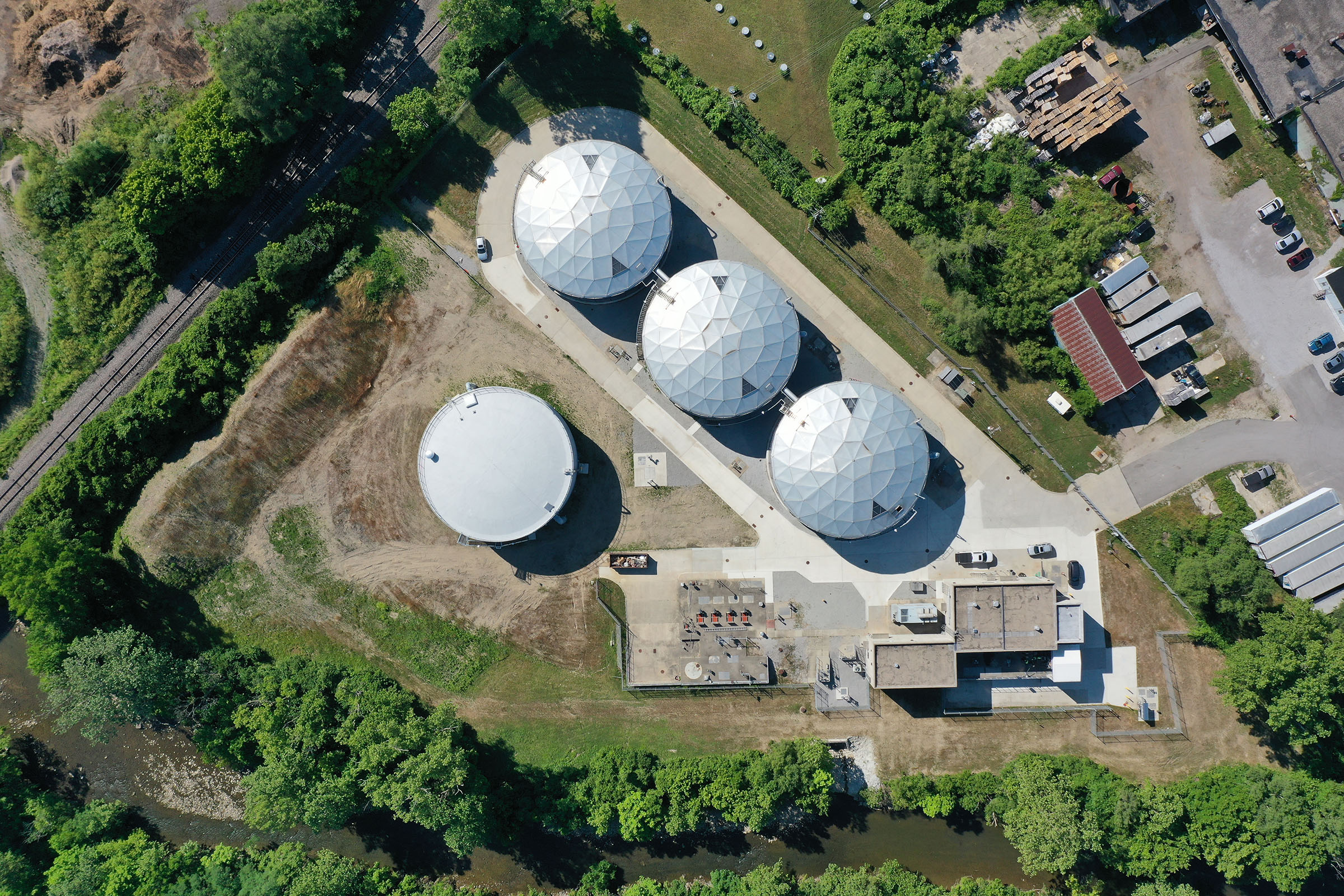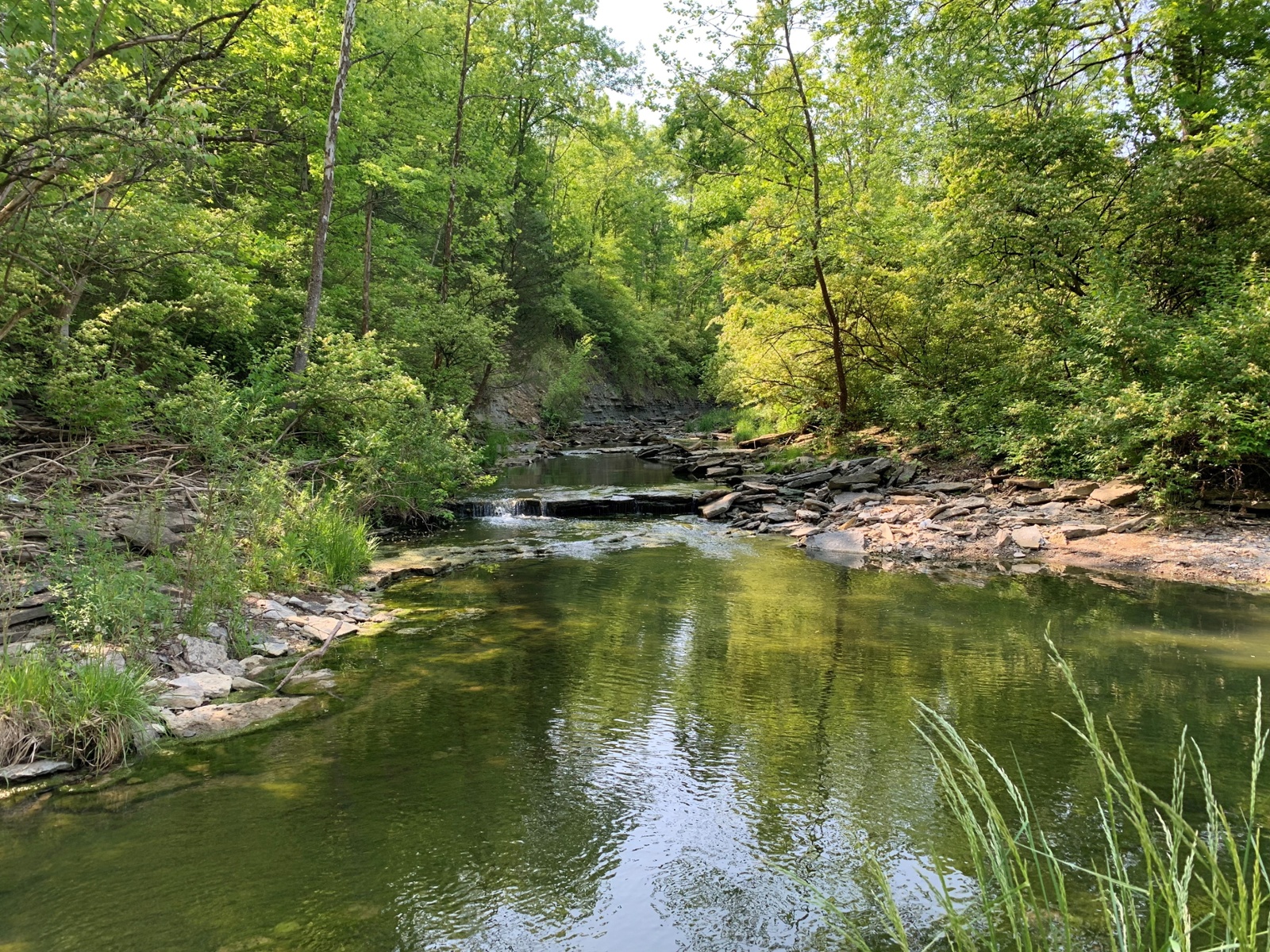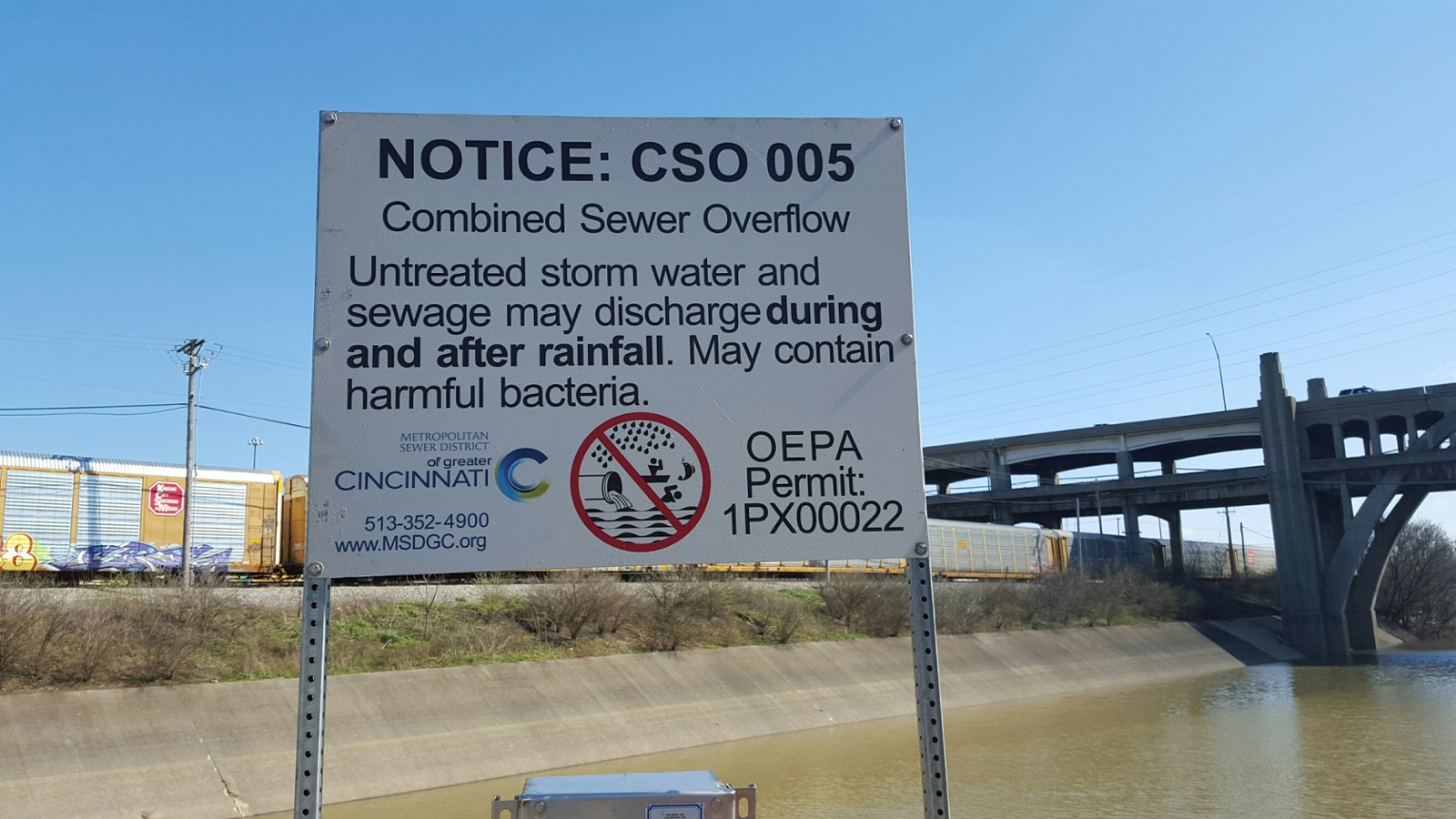Wet Weather Program
It's all about clean water! MSD is helping make our local streams and rivers cleaner by reducing combined sewer overflows (CSOs), eliminating sanitary sewer overflows (SSOs), and addressing sewer backups.
- Monitor our PROGRESS >
- Learn about CSO, SSOs, AND SEWER BACKUPS >
- Enhance your knowledge of MSD's CONSENT DECREE AND WET WEATHER IMPROVEMENT PLAN (WWIP) >
SEWER OVERFLOWS
Would it surprise you to learn that after heavy rainstorms, many of our local rivers and streams contain sewage?
Our public sewer system was originally built in the 1800s and was designed to overflow during heavy rains to relieve pressure on the system. It was state-of-the-art technology at the time, but it doesn't meet the needs of today.
Since 2009, MSD has been implementing one of the largest public works programs in the history of our community to improve our collection and treatment of wastewater.
Our Wet Weather Program, which is being implemented under a Clean Water Act consent decree (federal mandate), is designed to:
- Reduce combined sewer overflows or CSOs into local rivers and streams.
- Eliminate sanitary sewer overflows or SSOs into the environment.
- Assist customers who have experienced sewer backups from the public sewer.
REDUCING SEWER OVERFLOWS
Resolving sewer overflows is not a quick or easy fix.
MSD has embarked on a multi-decade Wet Weather Program that includes hundreds of sewer improvement and stormwater management projects across Hamilton County. MSD is using a phased approach due to the size, complexity, and cost of the program.
MSD is using multiple strategies to reduce and/or eliminate overflows, including:
- Larger Sewers: Upsizing sewers to allow more wastewater to be conveyed to a treatment plant.
- Sewer Separation: Converting existing combined sewers to separated systems, with dedicated sewers for sanitary sewage and dedicated sewers for storm water.
- Upgraded Treatment Plants Upsizing treatment plants to allow more wastewater to be treated through primary and secondary treatment during heavy rains.
- CSO Storage Tanks and High-Rate Treatment (HRT) Facilities: Constructing CSO storage tanks and HRT facilities to allow wastewater to be stored and/or treated at key points within the collection system or at a treatment plant.
- Smart Sewers Creating a network of sensors and gates/valves within the collection system to store wastewater inside interceptor sewers or direct it to CSO storage tanks and HRTs.
- Green Solutions Using dedicated storm sewers and green infrastructure to keep stormater out of the combined sewer system.

OUR ACCOMPLISHMENTS
MSD has accomplished the following to date:
- Eliminated 8.1 billion gallons of sewer overflows annually (during a typical year), from 14 billion gallons a year down to 5.9 billion gallons.
- Completed 180 wet weather projects, ranging from green infrastructure and sewer separation to larger sewers and high-rate treatment facilities.
- Eliminated or controlled 86 CSOs and eliminated or controlled 83 SSOs.
- Protected more than 1,000 households from recurring sewer backups.
- Improved water quality in ~120 miles of local streams including the Mill Creek, which is home to multiple new fish species including ones that are sensitive to pollution.



